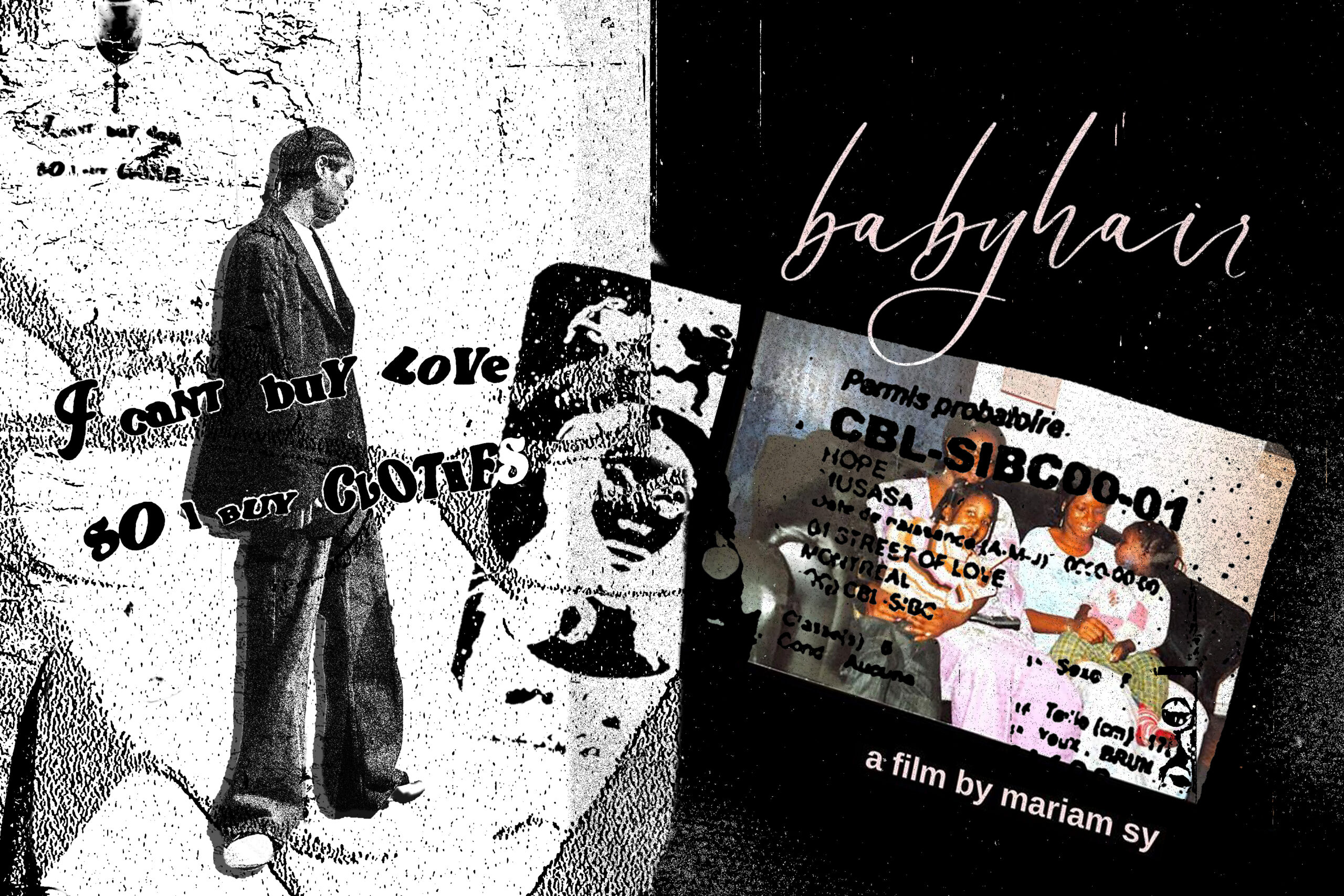How hip-hop culture is informing the artistic works of Concordia students Mariam Sy and Jaden Warren.
This year marks the 50th anniversary of hip-hop. Since its inception, the genre has ushered in several crops of new artists who have allowed for multiple generations to carry hip-hop through five decades.
With the rise of several rappers also came their entrepreneurial ventures: big names such as Jay-Z, Pharrell Williams and Kanye West have made business moves in every domain from fashion and film to artwork and beverages. In permeating various spheres and artistic fields within the mainstream, hip-hop has created a trickle-down effect that continues to inspire today’s youth.
Mariam Sy is a communications student and filmmaker heavily inspired by Tyler, The Creator. She became enamoured with his music upon discovering it in her early teens and further gravitated toward him because of his other career ventures.
The California rapper is a filmmaker, fashion designer and entrepreneur who directs his own music videos, owns the streetwear brand Golf Wang, and hosts an annual music festival in California called the Camp Flog Gnaw Carnival (est. 2012). This essentially opened Sy’s eyes to the idea of branching out: “You don’t have to be labelled as one act—you can be a multidisciplinary one.” This is what inspired her idea for a collective titled “LES ENFANTS.”
Sy has released numerous short films to her Vimeo account, many of which are directly inspired by the music and visuals of artists like Kendrick Lamar and Jay-Z (see “HURT”). She sees the throughline between hip-hop and cinema as natural. “They both draw from human experiences and emotions,” she said. “They weave a cultural fabric that mirrors and influences the stories of our current society and those to come.” She believes hip-hop’s wide crossover appeal is the result of it not strictly being a musical genre, but rather a culture gathering a multitude of themes and ideas that can apply to masses of people.
Design student Jaden Warren also sees hip-hop as boundless, bigger than music. For him, it is a convergence of various subcultures and niches including youth culture, skateboarding, streetwear, high fashion, and more. His personal style and projects are directly inspired by rappers who welded fashion and hip-hop together like A$AP Rocky, Playboi Carti and Kanye West. Warren proclaims that “all hip-hop musicians wanna look fly,” and prides himself on helping artists bring a specific vision or style to life. This is evident in his work with local rappers: he designed a custom “4EVERYOUTH” jacket for KeBenjii! and curated the visual aesthetic for Justin Tatone’s BANE & BLESSING album, inspired by vintage fashion and Balenciaga’s creative director Demna.
Warren believes that hip-hop crosses over easily into other domains because it is a form of artistic expression. He also cites designer Virgil Abloh as a primary influence, given Abloh’s extensive work within the hip-hop sphere and ascension in the fashion realm, most notably becoming the creative director at Louis Vuitton before his tragic passing in 2021.
Abloh’s success story as a Ghanaian-American man in fashion has inspired Warren’s mission statement: “I want to show Black kids that it’s cool to be creative.” Above all, the Concordia student is motivated by his youthful approach to creating, which is centred around simply having fun and feeling like a kid.
The young designer’s most prolific work to date has been his clothing project “I can’t buy love so I buy clothes.” However, like hip-hop, he refuses to be bound to one field or title. As he puts it, he just likes to create stuff. The brand’s latest iteration is set to be revealed in his upcoming drop, set for release on Dec. 1 via @assassinsvizualz on Instagram.
